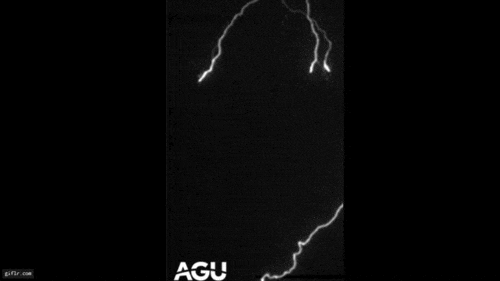When you buy through link on our website , we may earn an affiliate commission . Here ’s how it works .
Call it weird , call it utmost , maybe even call it the new normal . Wild conditions in the United States in the retiring decade has amass a retentive inclination of topple records and fiscal catastrophe .
Some of these exceptionalweatherevents admit unusually sonorous rainwater and snow . Now , a unexampled study confirms that everywhere except in the Atlantic Plains region , more rain and snow is fallingduring wet and dry seasons alike . The Atlantic Plains are the flatlands along the central and southern Atlantic Coast that stretch from Massachusetts to Mississippi . On average , the full precipitation in the adjacent United States has increase 5.9 percent , according to the U.S. Environmental Protection Agency .

Flood conditions appear far worse in April 2011 than a year earlier, as the Wabash, Ohio, Black, and Mississippi Rivers are all considerably higher.
What ’s more , the timing has changed too . In some constituent of the United States , dry seasons are come to begin with and wet seasons are starting later than they did 80 years ago . The sentence shift does not needs extend the distance of ironical or wet seasons , because most areas have transitional periods in between these precipitation extremes . In the Ohio River Valley , the decline teetotal season starts two to three weeks earlier today , the researchers describe . In east New York , the wet time of year now kick off on Jan. 8 instead of Feb. 1 . And in the Southwest , the summer monsoon is commence later than it did during the centre of the twentieth century . [ In Images : Extreme Weather Around the macrocosm ]
" The effect vary from area to region , " tell Indrani Pal , lead field of study author and a water imagination applied scientist at the University of Colorado in Denver . " This study has a flock of implication from an ecology and piss management perspective , and for utmost consequence like drought and floods as well . "
alter the timing of juiceless and wet time of year starts can importantly affect agriculture and city , Pal tell . In the Southwest , water contract rely on the timing of saltation snowmelt and summer monsoon to generate hydroelectric power and body of water for agriculture and 1000000 of resident .

Pal and her colleagues take apart datum from 774 weather stations across the United States with a uninterrupted record since 1930 . They regain an overall cliff in dry spell ( the number of solar day without hurry ) between 1930 and 2009 in most region of the country . For instance , there were 15 more precipitation daylight ( rainfall or C ) during the dry season in the Central and Great Plains , and 20 more precipitation days during the wet season in the Midwest and intermountain neighborhood today than 80 year ago . However , the distance of dry spells during the blotto season , adroughtindicator , increased by 50 per centum in the Atlantic Plains .
Pal say the study can not reply whetherclimate changeis induce the seasonal sack in hurriedness . " This spread many other research doors , " she told LiveScience . " We would like to find what is actually affecting this switch . It ’s probably a mixture of natural variability and climate change , " Pal said .
The findings were published July 19 in the daybook Geophysical Research Letters .
















